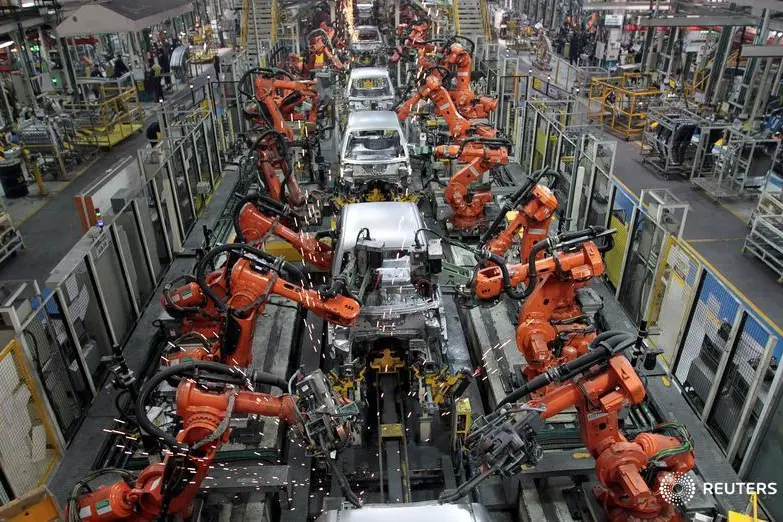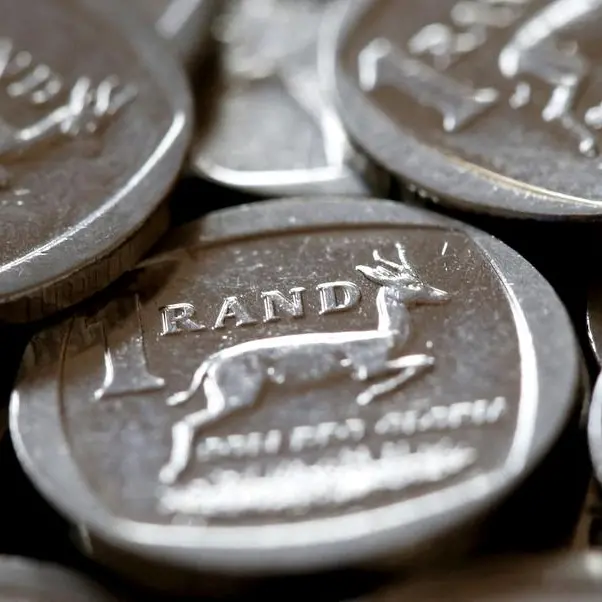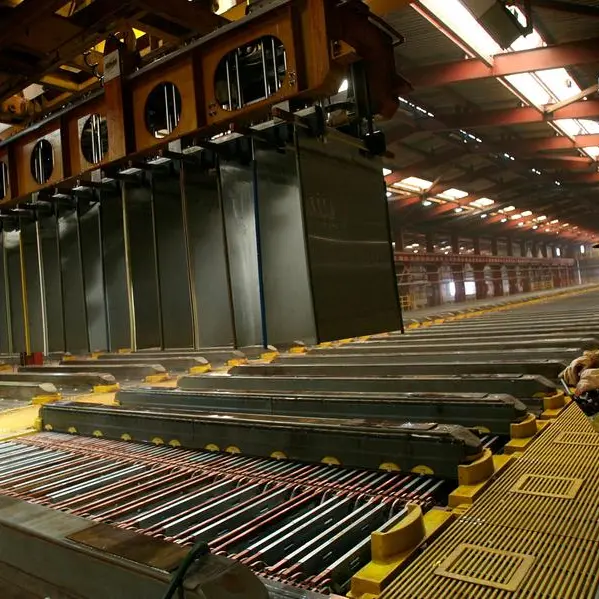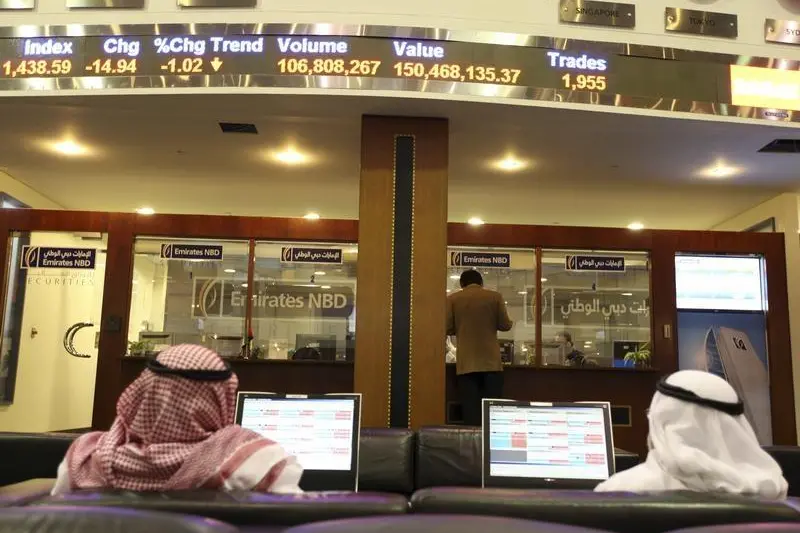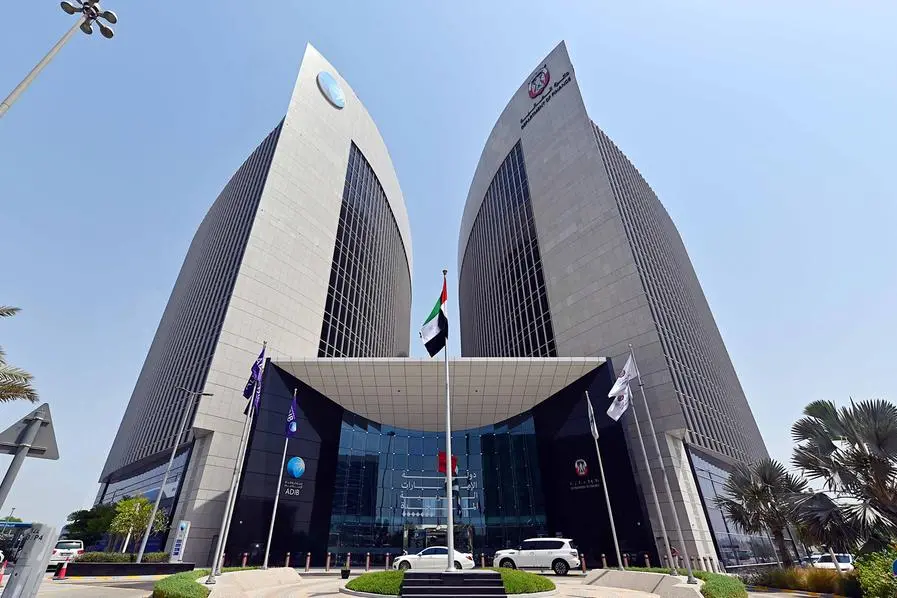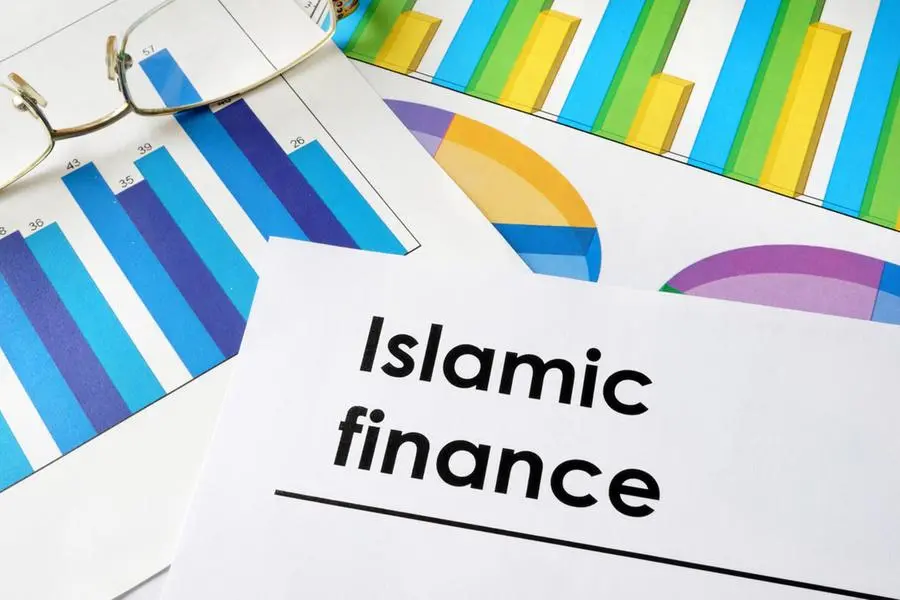PHOTO
Ford cars are assembled at a plant of Ford India in Chengalpattu, on the outskirts of Chennai, India, March 5, 2012. Image for illustrative purposes.
(John Kemp is a Reuters market analyst. The views expressed are his own)
LONDON- U.S. manufacturers reported a further slowdown in growth last month. If the trend continues, it is likely the Federal Reserve will cut interest rates in the second half of the year as a precaution against recession.
The Institute for Supply Management’s purchasing managers’ index fell to 52.8 in April, down from 55.3 in March and only modestly above the 50-point threshold separating expanding activity from a contraction.
The index has been on a downward trend since peaking in August 2018 and has now fallen to its lowest level since October 2016, according to the latest survey results published on Wednesday.
In August, the index was in the 90th percentile for all months since 1950, pointing to a very broad-based and rapid expansion. By April, the index had fallen to the 44th percentile, indicating a significant slowdown.
Manufacturers report new orders, production and employment are all growing more slowly, while inventories are increasing faster, and supplier deliveries are accelerating, all of which are consistent with slowing growth.
CYCLICAL ACTIVITY
The U.S. manufacturing sector typically cycles between periods of faster and slower growth, some of which become end-of-cycle recessions while others become mid-cycle slowdowns followed by renewed expansion.
The manufacturing growth cycle is not regular, but it is somewhat predictable, and the acceleration and deceleration of activity is not random. The ISM index follows a fairly consistent oscillation.
End-of-cycle recessions almost always prompt the Federal Reserve to cut overnight interest rates and take other steps to boost lending and ease financial conditions.
The recession in 1980 was a rare exception, when the Fed raised rather than lowered interest rates, even as the economy slipped into recession, in an effort to reduce inflation.
But mid-cycle slowdowns in manufacturing also usually result in a cut in policy-controlled interest rates or other monetary easing as the central bank attempts to fend off the risk of recession.
Mid-cycle manufacturing slowdowns centred on April 1967, May 1985, January 1996 and December 1998 all coincided with reductions in the effective federal funds rate.
Sometimes the central bank takes other measures rather cutting the federal funds target, for example adding to its portfolio of securities, changing its forward guidance, or easing other credit controls.
The slowdown centred on August 1962 prompted the Fed to buy extra U.S. Treasury securities and ease margin requirements to boost lending and offset the sharp reduction in stock market credit (“Annual Report”, 1962).
The slowdown centred on November 2012 encouraged the central bank to step up its quantitative easing programme by purchasing additional mortgage-backed securities (“FOMC statement”, September 2012).
And the slowdown centred on January 2016 caused the central bank to soften its previous language about raising interest rates and replace it with a more gradual stance (“FOMC statement”, December 2015).
FED TRIGGER ZONE
Previous mid-cycle slowdowns were all somewhat worse than the current loss of momentum, with the ISM manufacturing index hitting a low to somewhere between 49.5 (the best case in August 1962) and 42.8 (the worst case in April 1967).
In more recent decades, the ISM index has hit mid-cycle troughs at 47.1 (May 1985), 45.9 (February 1996), 46.8 (December 1998), 48.9 (November 2012) and 47.8 (January 2016).
But if the index continues to decline at its recent rate it will cross the 50-point threshold sometime in the second or third quarter, boosting the probability the Fed will ease financial conditions in the second half of the year.
Bond traders certainly think the probability of interest rate reductions or other monetary accommodation is increasing, with the U.S. Treasury yield curve for the second half of 2019 inverting again in recent days.
For the time being, the Fed itself “continues to view sustained expansion of economic activity, strong labor market conditions, and inflation near the ... 2 percent objective as the most likely outcomes.”
However, acknowledging downside risk, the central bank noted “global economic and financial developments and muted inflation pressures” and promised to be patient before adjusting rates (“FOMC statement”, May 2019).
The recent decline in core measures of inflation would give the central bank scope to ease policy if it decided the risk of recession was rising.
INSURANCE POLICY
Many commentators, policymakers and traders have expressed confidence that the economy will re-accelerate later in the year, given strong growth in household incomes.
If a comprehensive trade deal can be reached between the United States and China, that could reduce tariffs, boost business confidence and investment, and spur faster growth.
Congress and the administration could also reach an agreement on a major infrastructure spending package that would aim, among other things, to boost domestic manufacturing and employment.
Since the 1960s, however, there has never been a mid-cycle slowdown comparable to the current one when the Fed has not taken steps to ease financial conditions.
Perhaps this time will be different. But if the slowing trend persists for the next 2-3 months, policymakers may conclude it is worth a small easing of financial conditions as an insurance policy against a recession.
The Fed made the same calculation in 2012, 1998, 1995, 1985, 1967 and 1962. Faced with the same set of problems, policymakers are likely to react in the same way again.
(Editing by Toby Chopra) ((john.kemp@thomsonreuters.com and on twitter @JKempEnergy))
